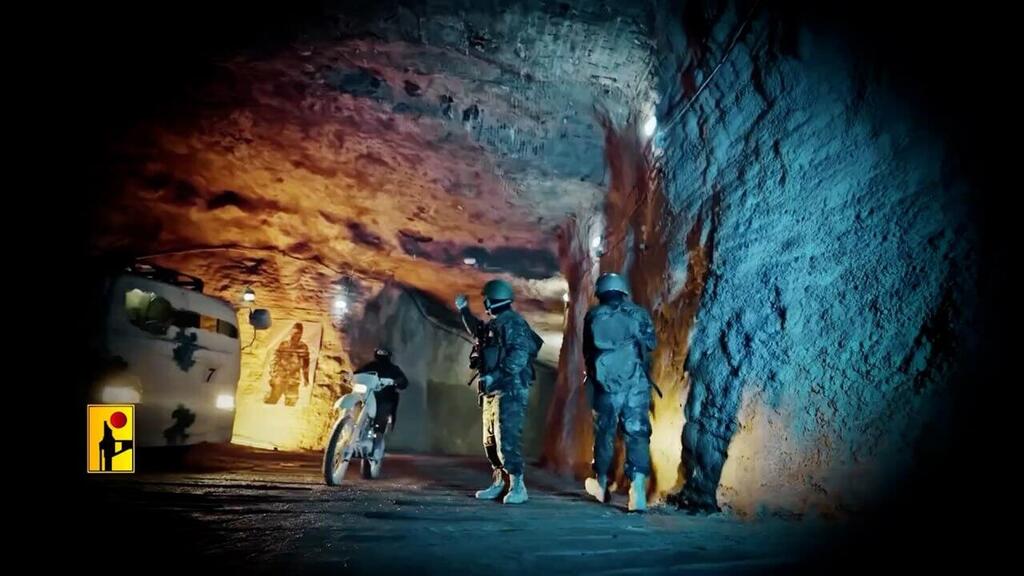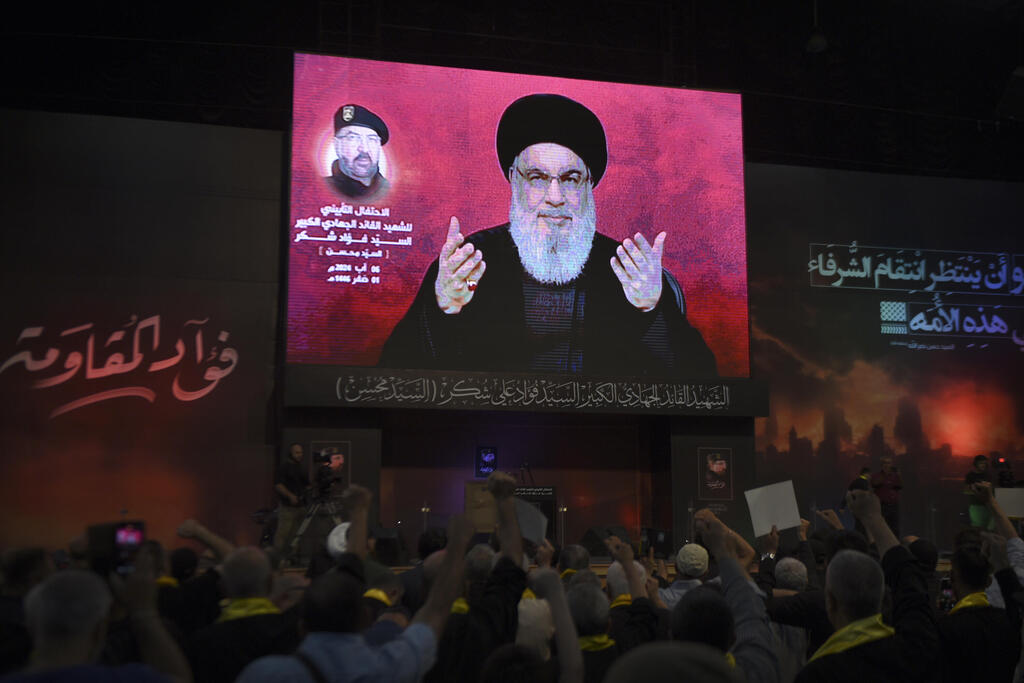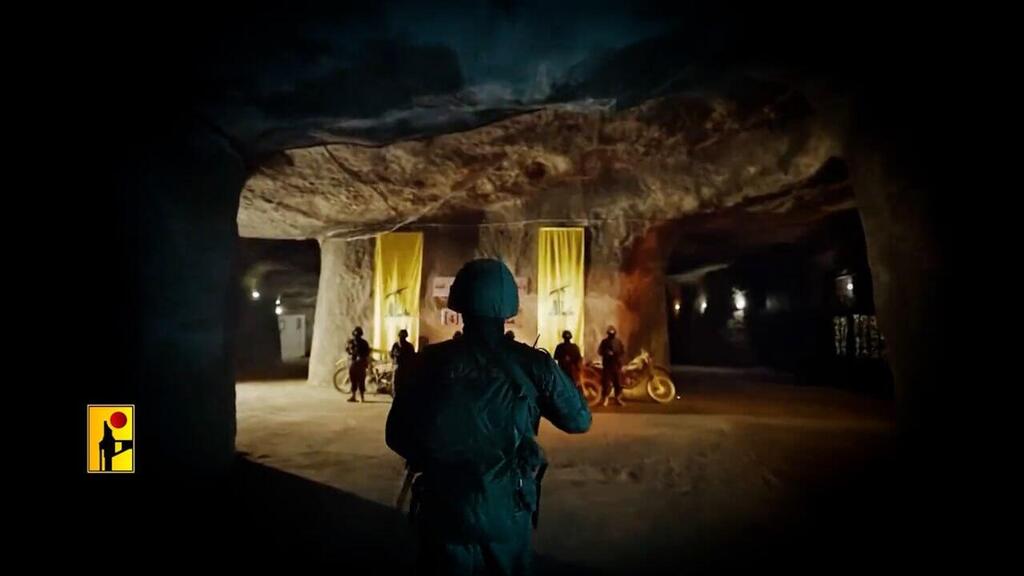Getting your Trinity Audio player ready...
Hezbollah's Imad 4 underground military facility
Hezbollah's release of a video on Friday showcasing a futuristic-looking underground military facility, dubbed "Imad 4," has generated significant reactions, particularly from critics of the Shiite terrorist group.
The video, which revealed a well-equipped underground bunker, has drawn attention for the stark contrast between the conditions inside the tunnel and the dire situation above ground, where Lebanese citizens are facing severe shortages, including a lack of shelters.
Lebanese journalist Liyal al-Akhtiar from Saudi Arabia's Al Arabiya network, known for her outspoken criticism of Hezbollah, claimed the video serves Israel's interests. "Is Hezbollah giving Netanyahu an excuse to attack Lebanon with this 'Imad 4' video? Does anyone think this deters Netanyahu’s madness?" she questioned.
Many Lebanese citizens responding to the video expressed disbelief at the resources displayed in the tunnel, including lighting and water, while the country endures a crippling energy crisis. One social media user wrote, "If Hezbollah can build tunnels, why can't they provide electricity and water to their communities?"
Samir Geagea, leader of the Christian-based Lebanese Forces party and a vocal Hezbollah critic, responded to the video by questioning the Iran-aligned group's priorities. "Where were these facilities when the death toll exceeded 500? Hezbollah cannot dictate Lebanon’s fate through war," he said, adding that the tunnels are funded by Tehran and do not serve Lebanese interests.
Saudi network Al Hadath aired a segment on the video, highlighting concerns among some Lebanese that the footage could pose a danger to the country. Political analyst Makram Rabah compared the video to North Korean propaganda, suggesting Hezbollah should invest in building shelters for civilians in southern Lebanon instead of tunnels.
The video, which shows trucks moving through the well-lit tunnels, also revealed underground missile launch platforms and the facility’s name. Hezbollah-affiliated Al Mayadeen network said that the video demonstrates the secrecy surrounding Hezbollah's missile capabilities, emphasizing that the facility is deep underground, beyond the reach of hostile intelligence and protected from aerial strikes.
The release of the video coincides with threats from Hezbollah leader Hassan Nasrallah about the group's military capabilities. The video highlights Hezbollah's extensive network of tunnels, which includes large underground bases across Lebanon, including in the southern region, Beirut's Dahieh district and the Bekaa Valley.
These tunnels, believed to house key military assets such as missile launchers, armed drones and command centers, are strategically placed under civilian areas, making them difficult to target without ground operations.
The IDF believes Hezbollah has been closely monitoring Israel’s handling of Hamas’ extensive tunnel network in Gaza since October, likely applying these lessons to enhance its own underground infrastructure.
Similar to Hamas, Hezbollah is thought to keep its most critical assets, including weapons and senior commanders, hidden in these underground bunkers, safeguarding them from airstrikes and making them accessible only through ground maneuvers.
Hezbollah's tunneling project is believed to be highly classified, with strict compartmentalization across all active zones in Lebanon. Reports indicate that some tunnels are narrow and designed for use by operatives, while others are wide enough to house Iranian-made Fateh-110 ballistic missile batteries.









